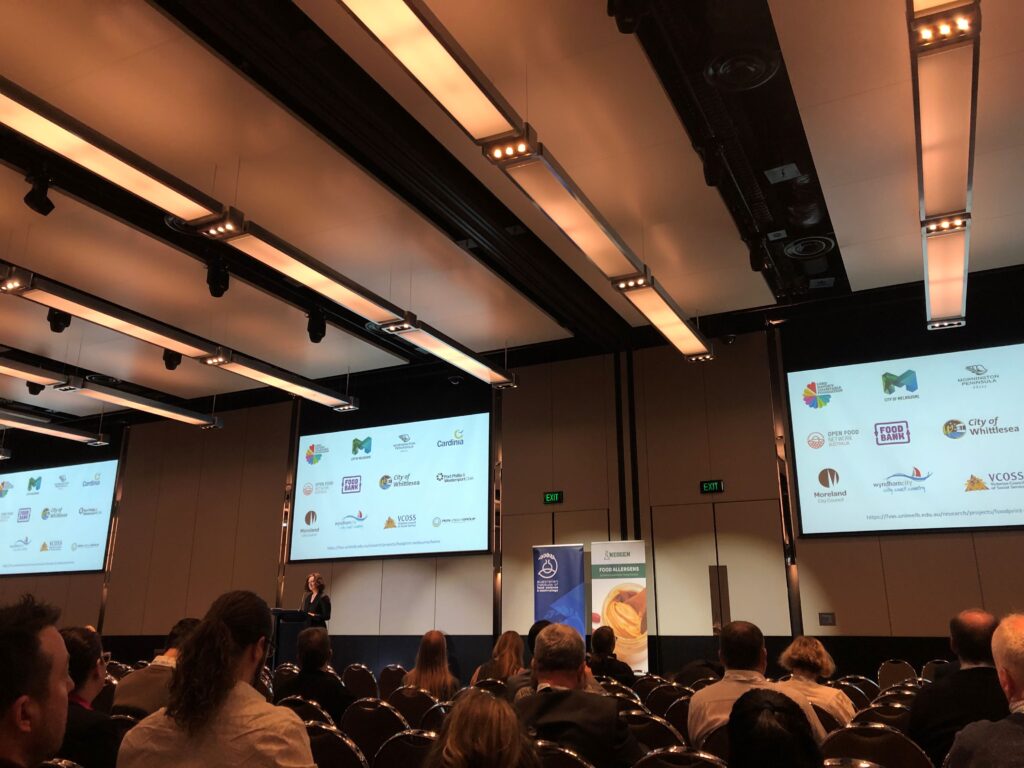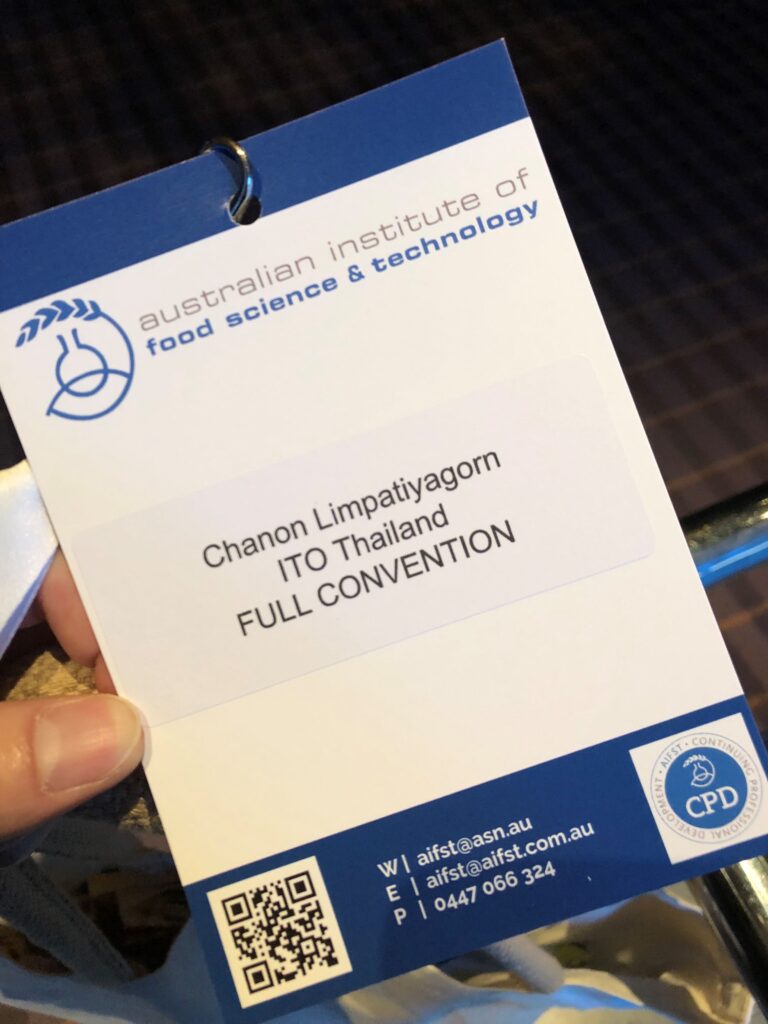What’s News
The Australian Institute of Food Science & Technology (AIFST) Convention 2022 Summary
The Australian Institute of Food Science & Technology (AIFST) Convention 2022 was conducted on 23-24 Aug 2022, and this year’s focus is about creating the future through collaboration and innovation. Food solutions were exhibited (e.g., food testing, sensory and research services, etc.), moreover, 5 main topics in the convention with a brief summary and an example will be discussed, including:
♦Innovation in Food Safety – It is crucial to enhance food safety and prevent illness with innovations such as gene editing with CRISPR technology , integrated sensing technologies and artificial intelligence , allergen assessment , and etc. Safe and nourishing food is a part of good health, while the World Health Organization has reported 420,000 deaths every year from foodborne illness (7), which need to be reduced with proper hygiene management and adoption of innovative technology.
♦Consumer and Sensory Science – Consumer plays an important role in the food industry, and it is necessary for food manufacturers to get a comprehensive understanding of consumer requirements, as well as future nutrition trends. Sensory science is the use of human senses such as sight, smell, taste, touch, and hearing (4), and these senses contribute to research and development of new food products that can achieve a higher consumer acceptance rate, thus resulting in a product launch success.
♦Innovation in Packaging – From technologies like intelligent packaging to active packaging, toward a more sustainable and environmentally friendly food packaging has gained awareness of both entrepreneurs and consumers. The most prevalent intelligent packaging is freshness indicator packaging that is able to judge the quality of food, with numerous applications depend on the product such as ethylene sensor to monitor fruit ripeness, carbon dioxide detector to identify the freshness of food products as it is the main metabolism product of spoilage microorganism (5), or temperature indicator to track and trace whether storage condition has been compromised or even inform consumers the best serving temperature of wine.
♦Innovation in Health and Nutrition – As mentioned in the previous blog, a healthier life awareness has risen on post-pandemic era, and one of the standout innovations is postbiotics as they can significantly improve immunity and it is suitable for many products and during manufacturing processes due to a high stability with minimal microbial risks unlike probiotics. Moreover, a customisable food for individuals, also known as targeted nutrition (1), with different dietary requirements by lifestyle diagnostics can promote a personalised and more efficient way of consuming.
♦Food Process Innovation – Food extrusion is a process which integrates numerous operations and is applicable for several food applications. As extrusion requires both thermal and mechanical processes, however, the effect on nutrient retention is uncertain as heat may cripple nutrition quality and crucial deterioration on an inappropriate extrusion condition is expected (6).
Food Regulation, Food Security and Food System Sustainability for Future Foods – Food sustainability is an efficient food policy with a long-term positive consequence on the environment. There are many actions that are related with a sustainable food system such as organic food to minimise the risk of chemical exposure, plant-based eating with less impact on the environment regarding less greenhouse gases emission, use less water for production as well as less agricultural land (3). In addition, food security affected almost 1 billion people in 2020 (2), thus a sustainable solution is required to ameliorate accessibility of food. This issue is unignorable because it has an impact on everyone, as the global food supply chain connects and links us all.
ITO Thailand provides a complete range of food hygiene solutions, and with proper management measures, food innovation can lead to a sustainable future.
References
1.EIT Food. (2021). Top 5 food tech innovations in targeted nutrition. Retrieved 18 October 2022, from https://www.eitfood.eu/blog/top-5-food-tech-innovations-in-targeted-nutrition
2.FAO, IFAD, UNICEF, WFP and WHO. 2021. The State of Food Security and Nutrition in the World 2021. Transforming food systems for food security, improved nutrition and affordable healthy diets for all. Rome, FAO.
3.Good Food Institute. (2019). Environmental benefits of plant-based meat products | GFI. Retrieved 18 October 2022, from https://gfi.org/resource/environmental-impact-of-meat-vs-plant-based-meat/
4.Martens, M. (1999). A philosophy for sensory science. Food Quality and Preference, 10(4–5), 233–244. https://doi.org/10.1016/S0950-3293(99)00024-5
5.Shao, P., Liu, L., Yu, J., Lin, Y., Gao, H., Chen, H., & Sun, P. (2021, December). An overview of intelligent freshness indicator packaging for food quality and safety monitoring. Trends in Food Science &Amp; Technology, 118, 285–296. https://doi.org/10.1016/j.tifs.2021.10.012
6.Singh, S., Gamlath, S., & Wakeling, L. (2007, August). Nutritional aspects of food extrusion: a review. International Journal of Food Science &Amp; Technology, 42(8), 916–929. https://doi.org/10.1111/j.1365-2621.2006.01309.x
7.(2022). Food safety. Retrieved 17 October 2022, from https://www.who.int/news-room/fact-sheets/detail/food-safety











